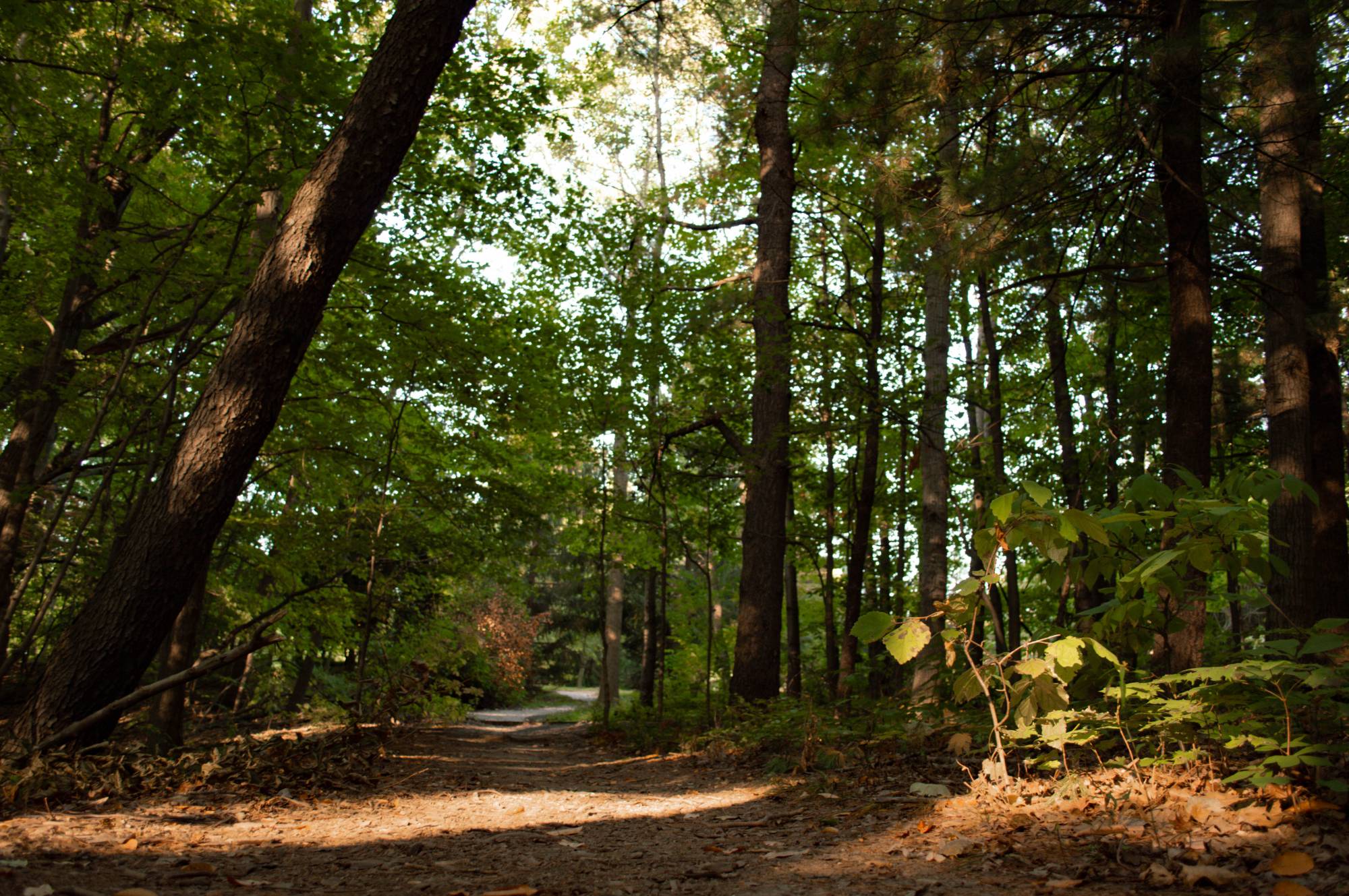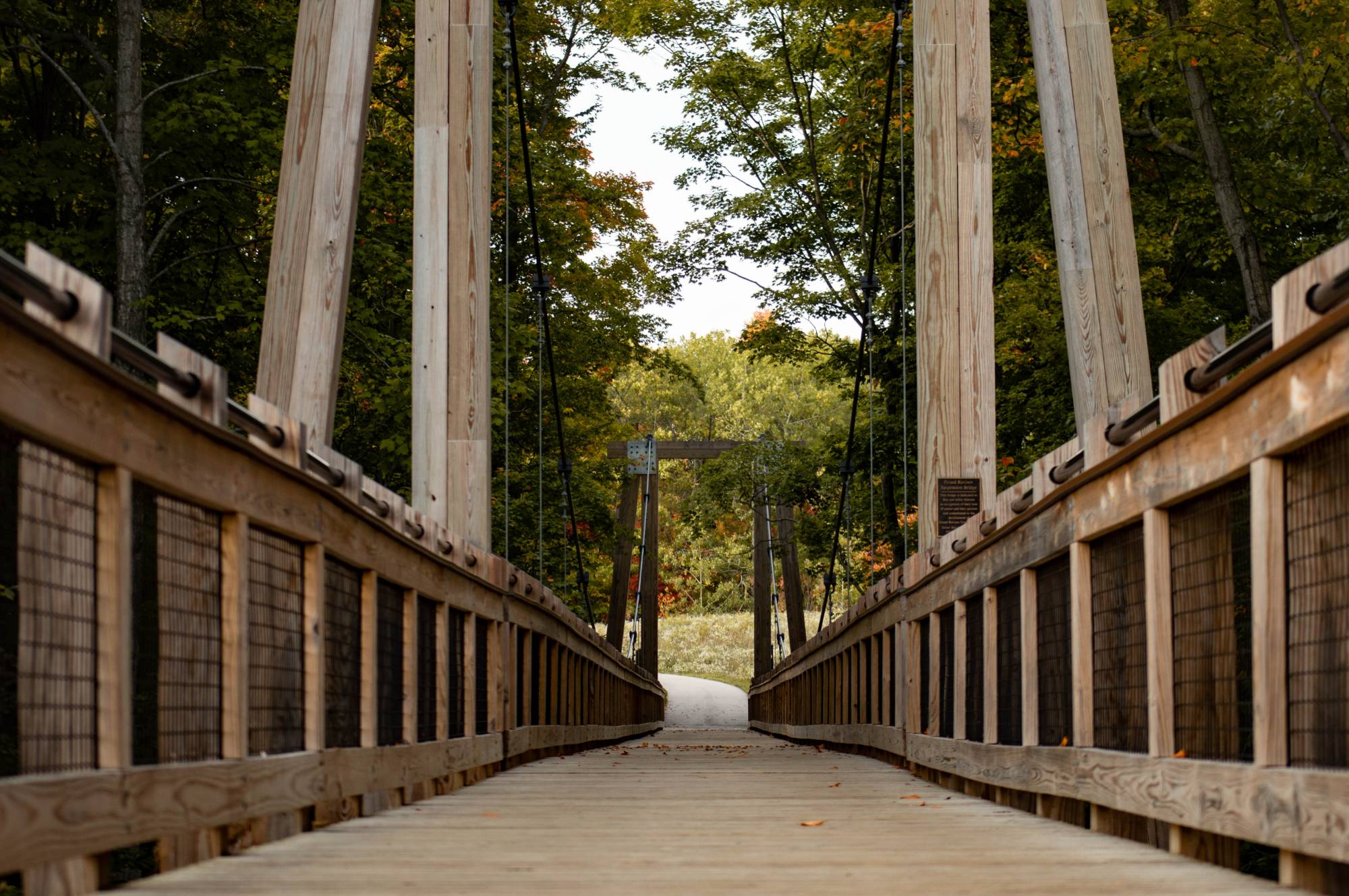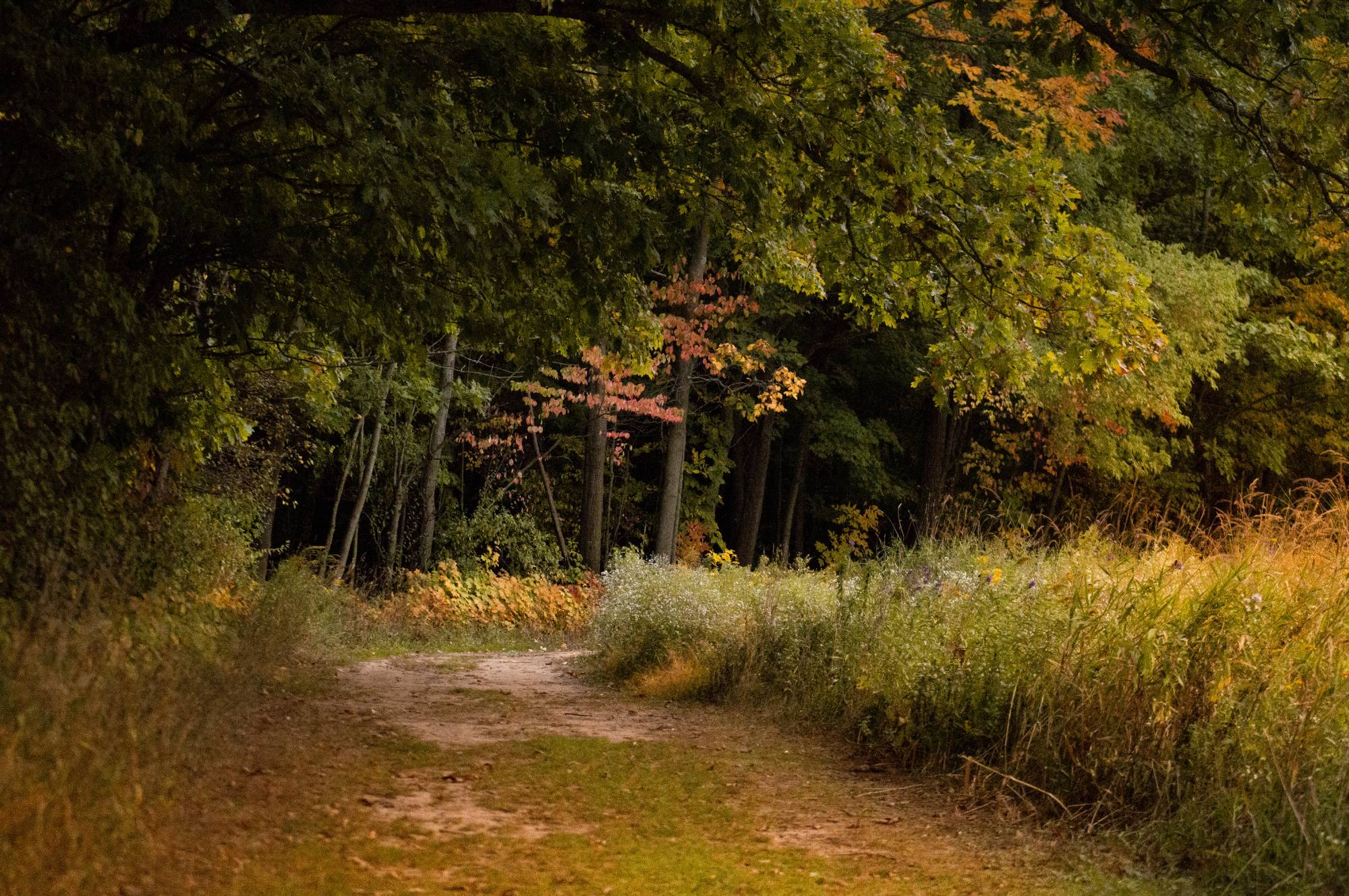Blog
Permanent link for Hiking: A Minute of Planning Can Save You Hours of Doing on April 20, 2021
You found the perfect trail, but you're not sure what to take? Packing the “essentials'' - plus a couple of other things - will ensure your trips go as planned, and more importantly, you are prepared for whatever the trail may throw at you - including getting lost, a storm, or even (but hopefully not!) an injury on the trail. Even though it may seem unnecessary in the moment, packing the correct items can potentially save your life if things go astray. When packing for hiking it's important to pack not much more than the essentials to avoid increasing weight in your backpack too much. The hardest part is finding the perfect balance between what's necessary and what would end up taking up space and weight. Much of what you bring is determined by the length and location of the hike. For example, a short hike (1-3 miles) may require little gear and can be done without a pack at all, and longer hikes (5-10 miles) may require much more.
There are an unlimited number of factors to consider before setting something into your pack. The crowdedness of the trail, for example, could determine whether or not you bring a source of fire and shelter -there could be fellow hikers there to help in case of an accident. A trail map or map of the area will be of enormous help if you find yourself lost. Most trails will have the map posted at the trailhead,snapping a quick picture with your phone can help you remember where to go. Ultimately it's up to you (the hiker) to decide what to bring, but there are some items that should be heavily considered.
Backpack
Aside from food and water, the most important piece of gear to
bring on the trail is a backpack. It will hold all your gear and keep
your hands free when hiking on difficult terrain. Whether you are
selecting an existing backpack to bring or if you’re in the market to
purchase one, there are a couple things to consider.
- Size - Backpacks are usually measured in liters (how many liters
each pack can carry).
- 10 liters or less: Super lightweight and used for either running or quick fast hikes. Perfect for the shorter hikes (~2 hours). Less comfortable and don’t hold as much.
- 10-20 liters: Tends to be the most popular size for day hikes; a balance between weight and captivity. Can be comfortable depending on the brand and quality. A generic school bag is about this size.
- 20 liters through 80 liters: Built for long days on the trial with the ability to carry lots of gear. Usually used on backpacking trips of multiple days in a row on the trail. Usually pretty comfortable and can hold quite a bit, but are more expensive and heavier.
Now that you have the perfect pack selected for your hike, what do you put in it?
Food and Water
When packing food and water for the hike, it's important to bring
enough. It’s better to have more than you need in case of an injury or
a wrong turn leaves you out on the trail longer than expected.
Water is the most essential item to bring with you on the trail. Dehydration on the trail is very common and can be a deadly mistake if not taken seriously. For shorter day hikes, bringing around 32oz of water should be enough. Increase the amount of water you bring based on the distance and time you plan to spend on the trail. The temperature on the day you plan to hike will also influence how much water you take. As the temperature increases, so should the amount of water you bring. The amount of water you bring also depends on you, you know your body better than anyone else so pack as much water as you see fit.
Food with a high amount of calories will give you the most energy per gram of food, essentially more bang for your buck. Foods that do not to be refrigerated and are light weight are preferred. Items like beef jerky and granola bars are a staple trail food and for good reason, because they offer a good balance of protein and calories while being small and lightweight. It’s best to stay away from food that’s high in sweets, such as candy bars or bakery items. These simple carbohydrates have high amounts of sugar that will leave you feeling tired later on down the trail.
Clothing and Layers
Nothing is worse than being stuck out on the trail and either a
rainstorm or cold front comes and not being prepared. When choosing
what clothes to bring, it's important to first check the forecast to
give you a general idea of the type of weather you may experience.
Wearing layers or bringing clothing that can be layered is the best
option for anything mother nature may throw at you. The basic layering
system consists of a tighter thermal layer first with, an insulation
layer in the middle. A raincoat or windshell is great for wearing on
the outermost layer, as it will keep the weather out and the heat in.
For warm temperature hikes, something lightweight such a tank top or
t-shirt would be great. Packing a raincoat in your bag could be a
lifesaver if the weather were to turn sour. A hike boot or hiking shoe
offer superior traction compared to a regular tennis shoe on the
trail. Wearing thick and supportive socks can help prevent blisters
along with other foot pain. Speaking of socks,nothing is worse than
walking in a wet cold pair of socks, so if you're going somewhere with
water or with high heat, throwing an extra pair could prove to be useful.
Pack Away!
Now that you have a basic idea of what to bring, you can start to
adapt your own idea of what to bring. Deciding what to take and what
to leave is often a difficult task. Countless factors can determine
whether you leave something at home or put it in your bag, and
ultimately it's up to you, the hiker to determine this. We hope we’ve
helped you prepare, at least a little bit! You can also learn more
through the 7
Principles of Leave No Trace. Happy hiking!
By: Owen Dingledine
Categories:
Outdoor Adventures
Posted
on
Permanent link for Hiking: A Minute of Planning Can Save You Hours of Doing on April 20, 2021.



